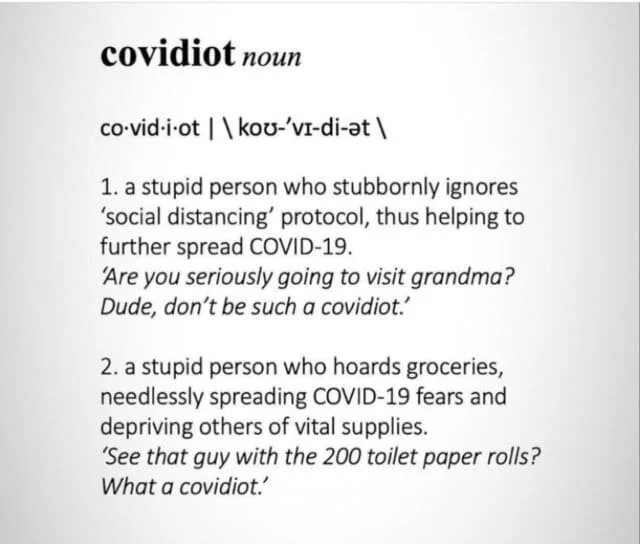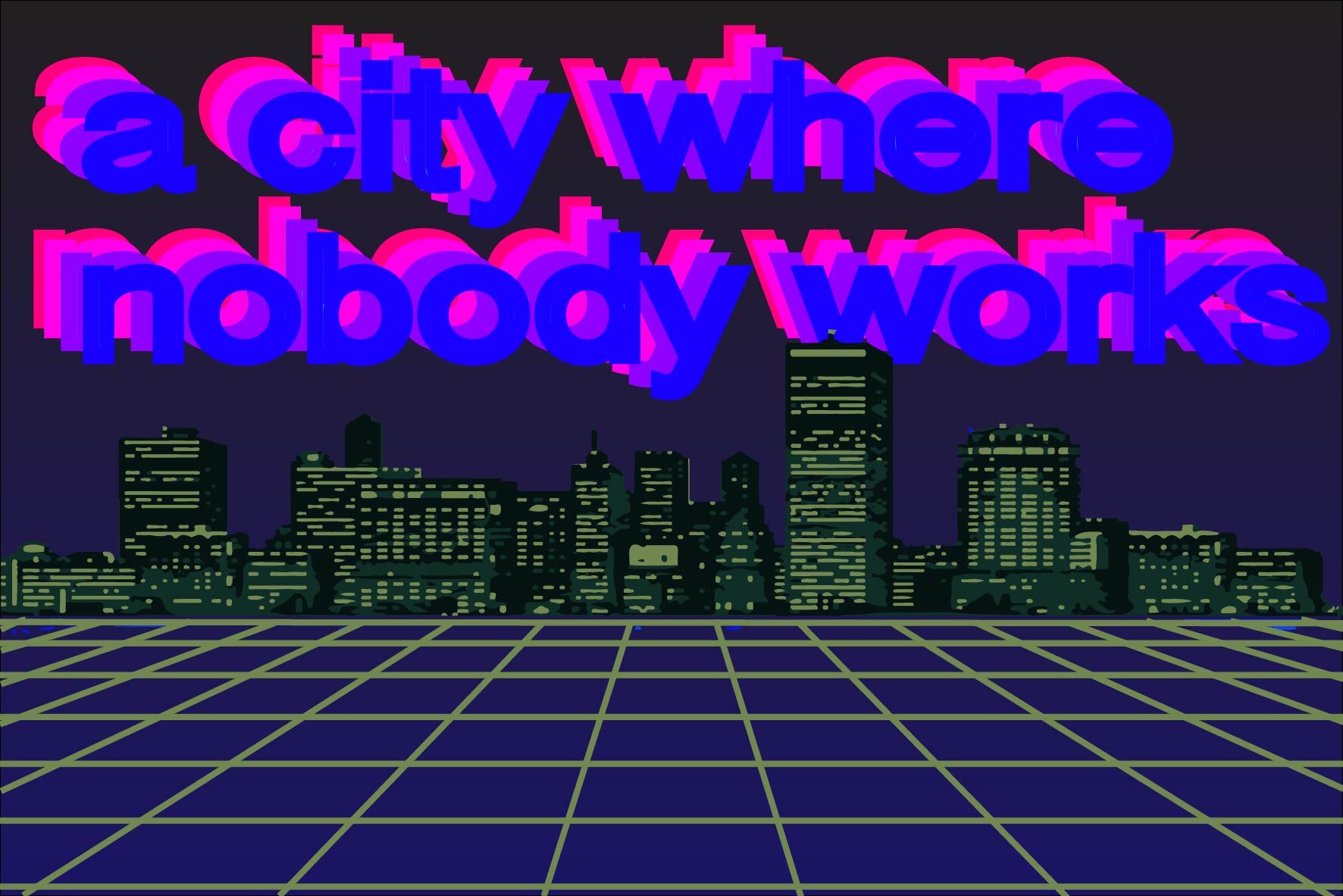In his introduction to Architecture Theory Since 1968, K. Michael Hays explains that architectural theory in the years between 1968 and 1993 was “the collective experience of an objective situation to which diverse responses emerged, all attempting to provide maps of the possibilities for architectural intervention, to articulate the specific limiting conditions of architectural practice.” (Architecture Theory, xiii) The fact is that most of the theorists hoped to use theory to inform some movement toward a social practice—“produc[ing] the concepts by which architecture is related to other spheres of social practice” (Architecture Theory, xii). It has had an ambivalent relationship to pop culture, consumerism, technical innovation, and other twists and turns which have each had their own impacts and influences on the built environment, since these have been the concrete historical factors shaping the city. These forces produce what Hays calls the “totally reified life”, which he insists theory attempts to break out of, in a transcoding operation in which the built environment is problematized through another set of lenses that shape it, conceptually, beyond the reifying reproductive imperatives of the prevailing order.
One of the most important limiters, in many ways, was the Italian Marxist architectural historian and theorist Manfredo Tafuri—the thinker whose work is placed at the beginning of Hays’ anthology. In his 1976 book Architecture and Utopia: Design and Capitalist Development, Tafuri argued that architecture was condemned to either collapse into the imperatives of a capitalist economy that was quickly making architecture as a classical practice obsolete, or to retreat into disciplinary solitude, where it would retain its autonomy, but remain ineffectual as a strategy for shaping the world. The modernist architects, Tafuri thought, and “the entire cycle of modern architecture and of the new systems of visual communication” were victim to the former position, according to Tafuri, and these “came into being, developed, and entered into crisis as an enormous attempt—last to be made by the great bourgeois artistic culture—to resolve, on the always more outdated level of ideology, the imbalances, contradictions, and retardations characteristic of the capitalist reorganization of the world market and productive development.” (Architecture and Utopia, 178) Modern architecture as a project had served to effectuate a so-called “planification” of capitalism, assisting it in overcoming its various organization failures and contradictions. One aspect of this modernist project, as I have shown elsewhere (see my Progressive Cities: Planning, Reproduction and Power in the Twentieth Century Metropolis), was the way in which architecture and urban planning were often unwittingly deployed to tame the competing factional interests of various producers and social classes in order to construct a stable society in which capitalist production in general would be possible. As Tafuri argues, the many progressive ideologies of modern architects in the early-to-mid twentieth century served as a justification and as a motivation for assisting capitalist industry in moving beyond its contradictions, even if this was not the explicit goal of the planners themselves, who instead envisaged a generalized movement toward a Utopia in which the contradictions of capital could be alleviated by the urban regimes of architecture (something Tafuri argues at great length in his 1969 essay "Toward a Critique of Architectural Ideology"). In the end, Tafuri argues, “[a]rchitecture as ideology of the plan is swept away by the reality of the plan when, the level of Utopia having been superseded, the plan becomes an operative mechanism. The crisis of modern architecture begins in the very moment in which its natural consignee—large industrial capital—goes beyond the fundamental ideology, putting aside the superstructures. From that moment on architectural ideology no longer has any purpose.” (Architecture and Utopia, 135)
One can begin to see, then, the basic contours of the so-called “Tafurian stranglehold” that architecture and architectural theory faced in the late 60’s and early 70’s. The power of Tafuri’s argument is that its pessimism cannot simply be ignored without unwittingly (or not) falling victim one of the alternatives that he himself laid out: a surrender to the forces of the market or a retreat into “sublime uselessness”. An informed theory of architecture, therefore, must have as its starting point the pessimism of Tafuri’s 1968, even if it intends to move beyond the bind that this poses.



















